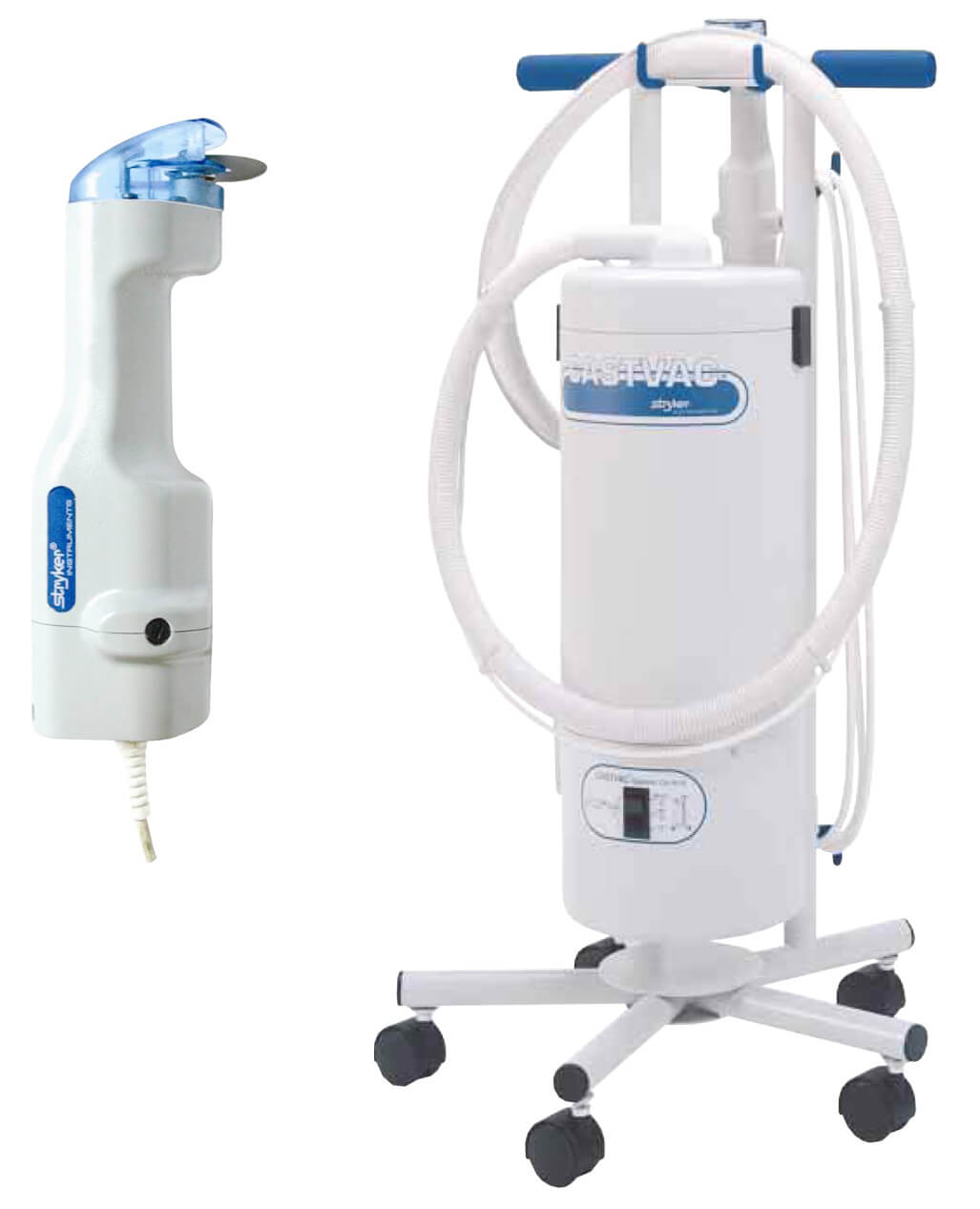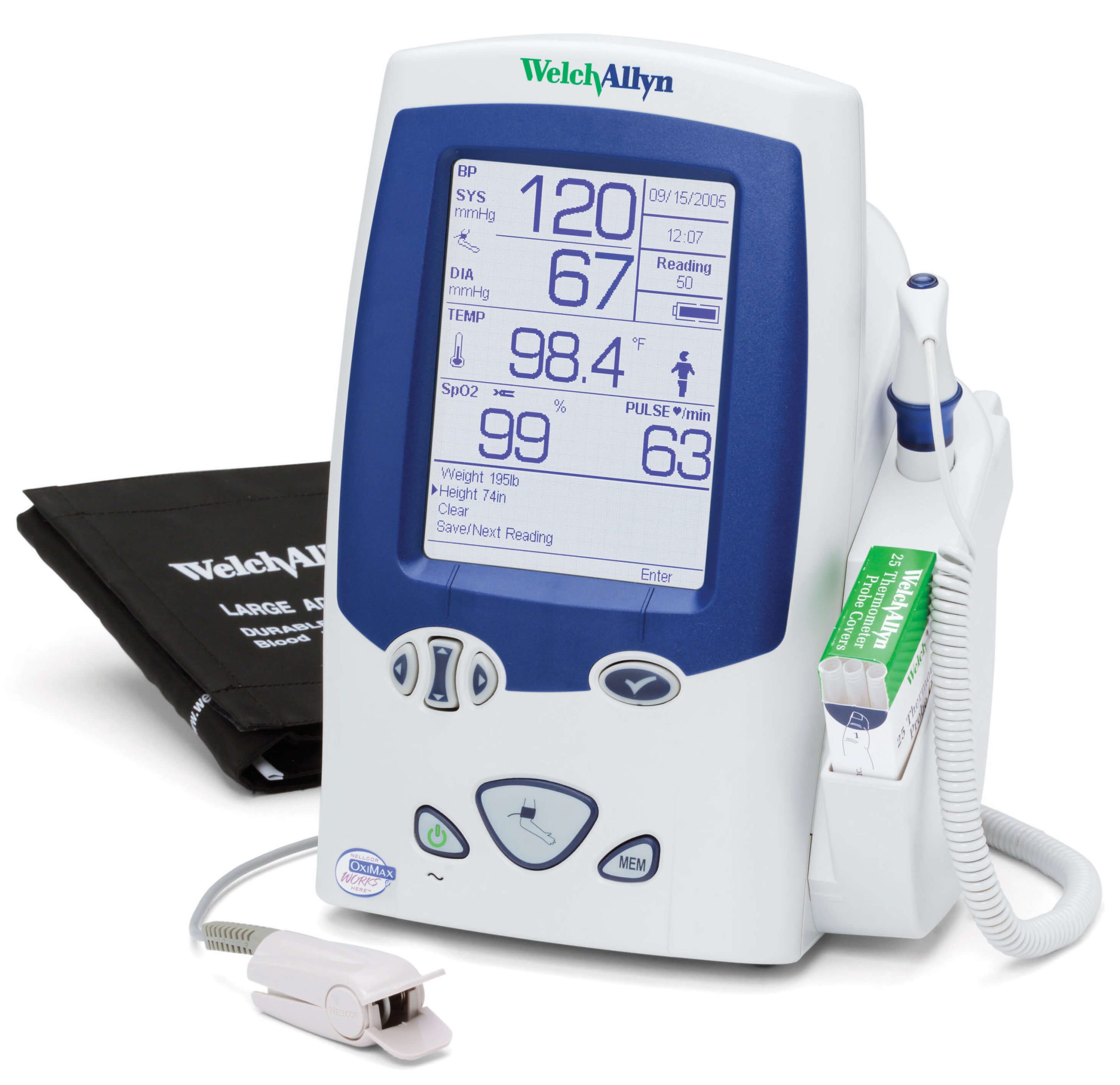Refurbished Sterilizers, Autoclaves and Washer-Disinfectors
Sterilizers, autoclaves, and washer-disinfectors are crucial pieces of equipment in many industries, including medical, dental, and laboratory settings. These machines help ensure that instruments and equipment are free from harmful microorganisms and ready for use. However, purchasing new equipment can be costly, which is why many businesses and organizations turn to refurbished options. In this article, we will explore the benefits of refurbished sterilizers, autoclaves, and washer-disinfectors.
Cost-Effective Solution
One of the most significant advantages of purchasing refurbished sterilizers, autoclaves, and washer-disinfectors is cost savings. Refurbished equipment is often significantly less expensive than purchasing new. This is because refurbished equipment has already been used and then restored to its original condition. Refurbished equipment is often an excellent choice for businesses and organizations that are looking to save money on their equipment purchases.
High-Quality Equipment
Refurbished sterilizers, autoclaves, and washer-disinfectors are not just cheaper; they are also high-quality pieces of equipment. Refurbished equipment goes through a rigorous refurbishment process to ensure that it meets the same standards as new equipment. The refurbishment process includes a thorough inspection, cleaning, and replacement of any damaged or worn parts. Refurbished equipment is tested to ensure that it is working correctly before it is sold to customers. This means that businesses and organizations can purchase refurbished equipment with confidence, knowing that they are getting high-quality equipment that will work as intended.
Environmentally Friendly
Purchasing refurbished sterilizers, autoclaves, and washer-disinfectors is also an environmentally friendly choice. When businesses and organizations purchase refurbished equipment, they are helping to reduce the amount of waste that ends up in landfills. Refurbishing equipment requires fewer resources than manufacturing new equipment, which means that purchasing refurbished equipment has a lower environmental impact. Additionally, by extending the life of existing equipment, businesses and organizations can reduce their carbon footprint by avoiding the need to manufacture new equipment.
Warranty Coverage
Another benefit of purchasing refurbished sterilizers, autoclaves, and washer-disinfectors is that they often come with warranty coverage. Refurbished equipment is typically sold with a warranty that covers any defects or malfunctions that may occur. This means that businesses and organizations can purchase refurbished equipment with confidence, knowing that they are protected if something goes wrong. Warranty coverage can be particularly important for businesses and organizations that rely on their equipment for critical processes.
Quick Delivery
Purchasing refurbished sterilizers, autoclaves, and washer-disinfectors can also be a quick and efficient solution. Refurbished equipment is often readily available, which means that businesses and organizations can get the equipment they need quickly. This can be particularly important for businesses and organizations that need to replace equipment quickly to avoid downtime or delays in their operations.
Reliability
Refurbished sterilizers, autoclaves, and washer-disinfectors are also reliable pieces of equipment. Refurbished equipment has gone through a thorough refurbishment process, which means that any damaged or worn parts have been replaced. This helps to ensure that the equipment is working correctly and is less likely to malfunction or break down. Additionally, refurbished equipment is often tested before it is sold to customers, which means that businesses and organizations can have confidence in their equipment’s reliability.
Support and Service
Finally, purchasing refurbished sterilizers, autoclaves, and washer-disinfectors can come with support and service from the supplier. Many suppliers of refurbished equipment offer support and service options, including installation, maintenance, and repair services. This can be particularly important for businesses and organizations that do not have the expertise or resources to maintain and repair their equipment themselves.
Order Your Refurbished Sterilizer, Autoclave or Washer Disinfector from Auxo Medical
In today’s ever-evolving healthcare industry, having reliable and efficient medical equipment is crucial for optimal patient care. Whether in hospitals, clinics, or laboratories, sterilizers, autoclaves, and washer disinfectors play a vital role in ensuring the safety and hygiene of medical instruments. However, acquiring brand-new equipment can often prove to be a financial challenge for healthcare facilities, especially those with limited budgets.
Fortunately, Auxo Medical is here to provide a cost-effective solution to healthcare providers with their wide range of refurbished medical equipment. With a reputation for delivering superior quality products and exceptional customer service, Auxo Medical has become a trusted name in the industry. Among our extensive collection of refurbished medical equipment, Auxo Medical offers a diverse selection of sterilizers, autoclaves, and washer disinfectors. These equipment are meticulously inspected, repaired, and often fully rebuilt and restored to their original condition, ensuring that healthcare providers can rely on them for their daily operations.
Auxo Medical is the go-to solution for healthcare providers in need of refurbished sterilizers, autoclaves, and washer disinfectors. Our commitment to exceptional quality, affordable prices, and outstanding customer service sets us apart in the industry. Contact Auxo Medical today to order your refurbished sterilizer, autoclave, or washer disinfector and experience the benefits of their top-notch products and services.




